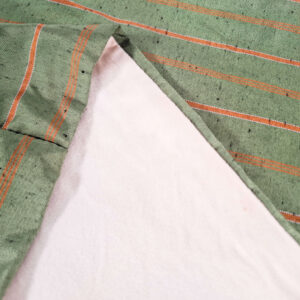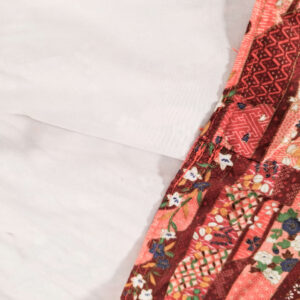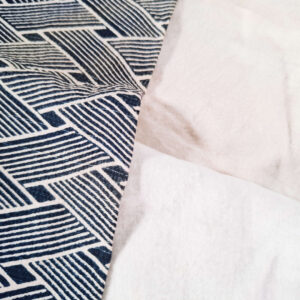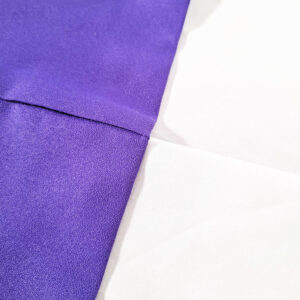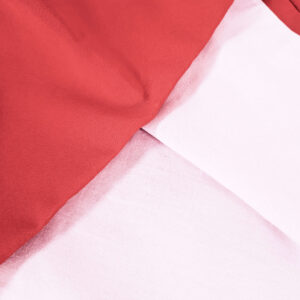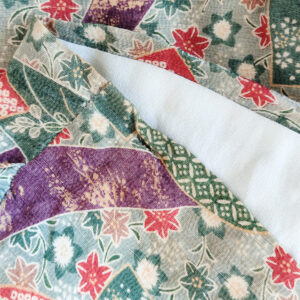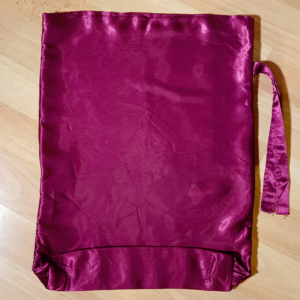STORING & CARE
Lasting Beauty
Many hours and high quality materials go into the making of a shamisen. And once the instrument hast been brought to life, it gets connected to players, audiences, and admirers. The craftsmen pour their love and passion for the shamisen into their work, and players pour their heart and soul into their music. And every student pours a lot of time, energy and nerves into practice.
Treat your shamisen with the respect and affection it deserves and it will thank you with an alluring luster and a beautiful tone.

Nagabukuro
Nagabukuro is the soft sleeve you wrap around your instrument after playing and before putting it in a hard or soft case. The extra layer of fabric is not only very pleasing to the eye but keeps your shamisen safe from dust and curious kitty paws. It’s will also prevent any small items potentially flying around in your case from leaving nasty scratch marks on your shamisen.
Protecting the skins
The washi bag is a soft sleeve made from Japanese washi paper that was developed to protect your dou from humidity. By fostering a stable climate you’re protecting your shamisen’s skin. Fluctuations in humidity and temperature heighten the risk of your shamisen’s skin ripping. If your instrument is skinned with natural skin, make sure you wrap your dou in a washi bag before wrapping your instrument up in a nagabukuro and storing it in a case. If your instrument has synthetic skins, you don’t need a washi bag, because synthetic skins are very sturdy and are barely affected by climate and temperatures.
Cleaning
Your shamisen’s neck is the part of your instrument you’re going to touch the most. With every position you play, your fingers touch the strings and the wood underneath. To provide the best care for your shamisen, make sure to wipe your sao each time after playing. Any soft cloth will do, but the Japanese tsuyafukin has a special texture that works so much better than any microfiber cloth I have ever tried that I will never use anything else for my instruments ever again.
Extra care
If you ever feel your shamisen starts to look a bit dull, you can give it some extra love and wipe it down with a few drops of oil. Camelia (tsubaki) oil is the traditional option that is known to have excellent properties, but other odorless and colorless oils that are used for instrument maintenance work just fine. Anything that works for acoustic guitars should be safe for your shamisen as well. Don’t oil the itomaki though – they’ll stay slippery for ever!


